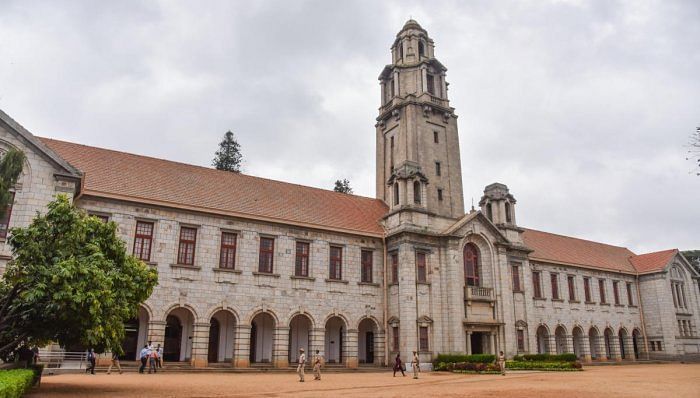
Researchers at the Indian Institute of Science (IISc) have worked with a combination of Raman spectroscopy and AI for quicker identification of bacterial pathogens in different types of clinical samples.
The researchers, working in teams led by Siva Umapathy and Deepak Kumar Saini, analysed the combination in a new study and pitched it as an efficient, cost-effective method of identifying the causative bacteria. The combination could help clinicians treat symptoms of infectious diseases with greater precision. Current gold-standard tests are either time-consuming – like culture tests – or work only with specific types of samples, IISc said.
In Raman microspectroscopy, an optical microscope is used to flash a laser beam on the sample. The unique spectrum from the light scattered by the bacterium helps in its individual identification. The AI component expands the scope of the analysis, to include accurate classification of complex data sets and ensure that even subtle differences among the spectra are tracked.
The samples, processed and procured by a team led by Dr Sneha Chunchanur at the Bangalore Medical College and Research Institute, were subjected to the Raman spectra collection, without culturing.
ResNet – residual network, a deep transfer learning model – was used to extract spectral features of eight pathogenic bacterial species, with a 99.99% classification accuracy. The model was also validated on blinded data sets – a mix of cultured and non-cultured samples of various origins and types.
Umapathy, professor at IISc's Department of Inorganic and Physical Chemistry, told DH that while conventional methods of identifying the bacterium that involve culturing take 24 to 48 hours, the spectroscopy-AI combination does it in significantly less time. The deep transfer learning approach involves a data augmentation method; it increases the volume of spectra that are needed for the analysis.
"The accuracy is based on limited clinical data, analysed in a laboratory setting. Working in a larger, hospital-based setting will require a recalibration of the AI," Umapathy said. Saini is professor at the Department of Molecular Reproduction, Genetics, and Development at IISc.
Researchers under Umapathy previously showed how the combination of Raman spectroscopy and AI could be used to detect Covid biomarkers in blood samples. The work won the Challenger Award at the NASSCOM AI Game Changer Awards programme in 2021.